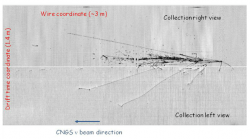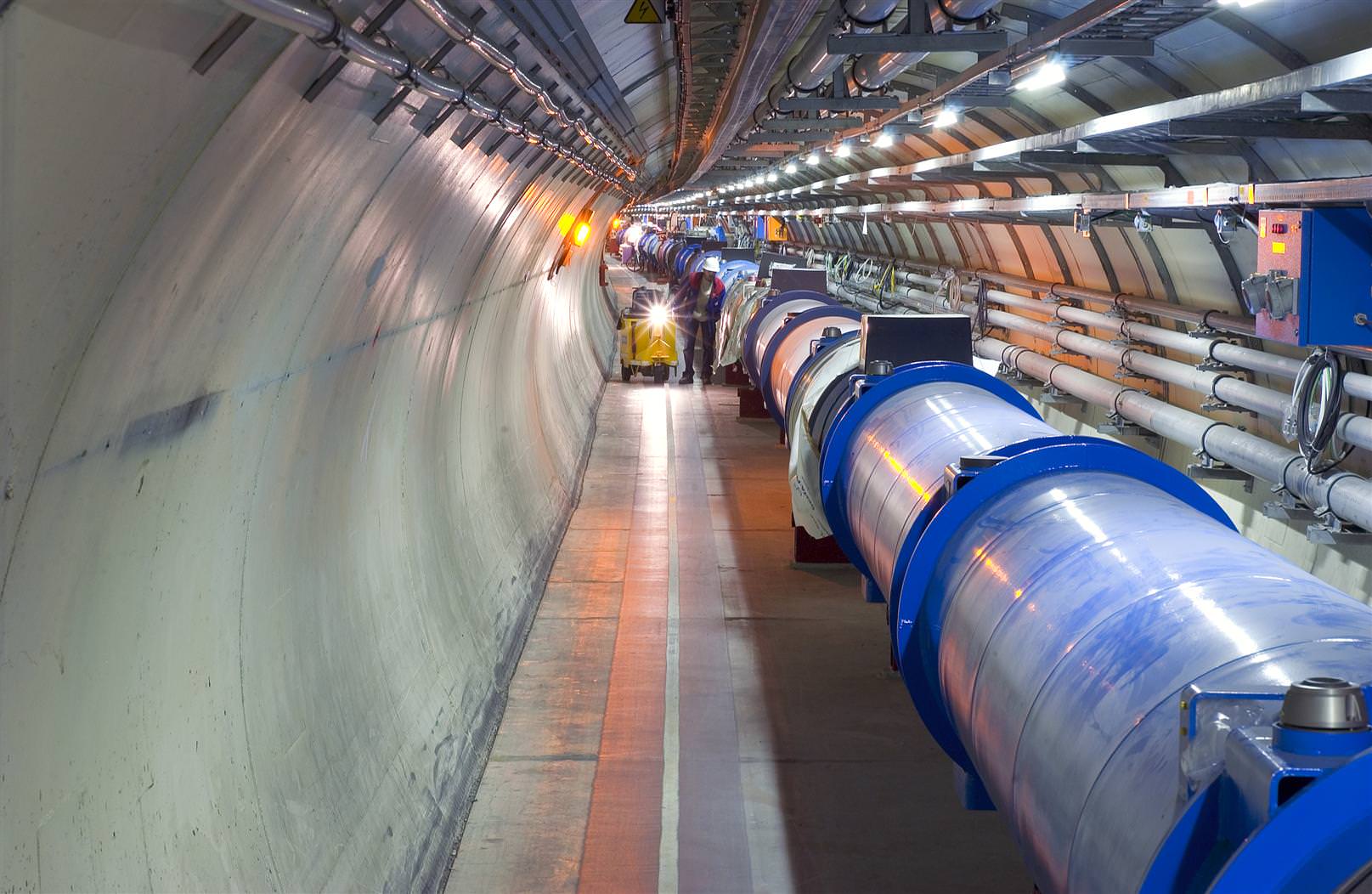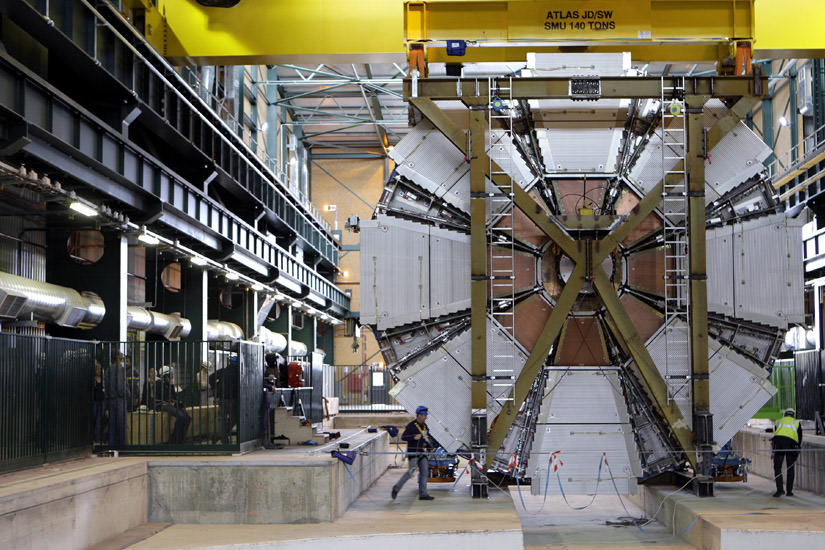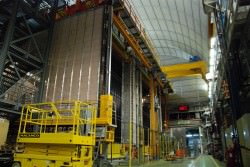[/caption]
Neutrinos have been cleared of allegations of speeding, according to an announcement issued today by CERN and the ICARUS experiment at Italy’s Gran Sasso National Laboratory. Turns out they travel exactly as fast as they should, and not a nanosecond more.
The initial announcement in September 2011 from the OPERA experiment noted a discrepancy in the measured speed of neutrinos traveling in a beam sent to the detectors at Gran Sasso from CERN in Geneva. If their measurements were correct, it would have meant that the neutrinos had arrived 60 nanoseconds faster than the speed of light allows. This, understandably, set the world of physics a bit on edge as it would effectually crumble the foundations of the Standard Model of physics.
As other facilities set out to duplicate the results, further investigations by the OPERA team indicated that the speed anomaly may have been the result of bad fiberoptic wiring between the detectors and the GPS computers, although this was never officially confirmed to be the exact cause.
Now, a a statement from CERN reports the results of the ICARUS experiment — Imaging Cosmic and Rare Underground Signals — which is stationed at the same facilities as OPERA. The ICARUS data, in measuring neutrinos from last year’s beams, show no speed anomaly — further evidence that OPERA’s measurement was very likely a result of error.
The full release states:
__________________
The ICARUS experiment at the Italian Gran Sasso laboratory has today reported a new measurement of the time of flight of neutrinos from CERN to Gran Sasso. The ICARUS measurement, using last year’s short pulsed beam from CERN, indicates that the neutrinos do not exceed the speed of light on their journey between the two laboratories. This is at odds with the initial measurement reported by OPERA last September.

“The evidence is beginning to point towards the OPERA result being an artefact of the measurement,” said CERN Research Director Sergio Bertolucci, “but it’s important to be rigorous, and the Gran Sasso experiments, BOREXINO, ICARUS, LVD and OPERA will be making new measurements with pulsed beams from CERN in May to give us the final verdict. In addition, cross-checks are underway at Gran Sasso to compare the timings of cosmic ray particles between the two experiments, OPERA and LVD. Whatever the result, the OPERA experiment has behaved with perfect scientific integrity in opening their measurement to broad scrutiny, and inviting independent measurements. This is how science works.”
The ICARUS experiment has independent timing from OPERA and measured seven neutrinos in the beam from CERN last year. These all arrived in a time consistent with the speed of light.
“The ICARUS experiment has provided an important cross check of the anomalous result reports from OPERA last year,” said Carlo Rubbia, Nobel Prize winner and spokesperson of the ICARUS experiment. “ICARUS measures the neutrino’s velocity to be no faster than the speed of light. These are difficult and sensitive measurements to make and they underline the importance of the scientific process. The ICARUS Liquid Argon Time Projection Chamber is a novel detector which allows an accurate reconstruction of the neutrino interactions comparable with the old bubble chambers with fully electronics acquisition systems. The fast associated scintillation pulse provides the precise timing of each event, and has been exploited for the neutrino time-of-flight measurement. This technique is now recognized world wide as the most appropriate for future large volume neutrino detectors”.
__________________
An important note is that, although further research points more and more to neutrinos behaving as expected, the OPERA team had proceeded in a scientific manner right up to and including the announcement of their findings.
“Whatever the result, the OPERA experiment has behaved with perfect scientific integrity in opening their measurement to broad scrutiny, and inviting independent measurements,” the ICARUS team reported. “This is how science works.”
See more news from CERN here.




